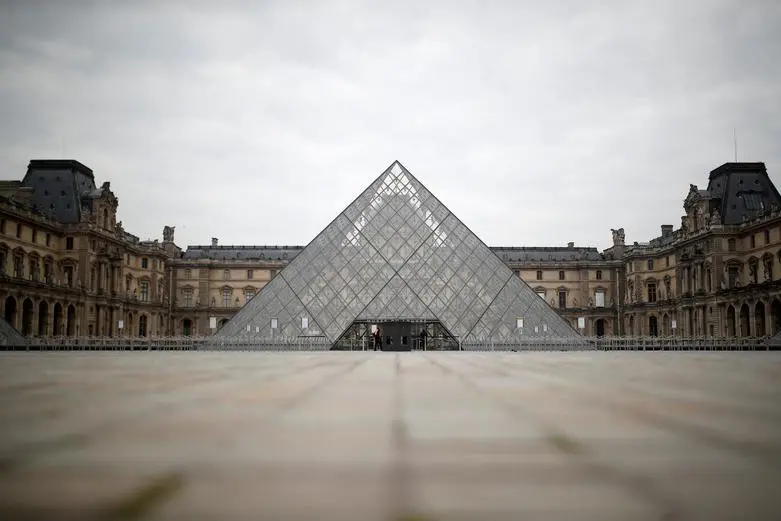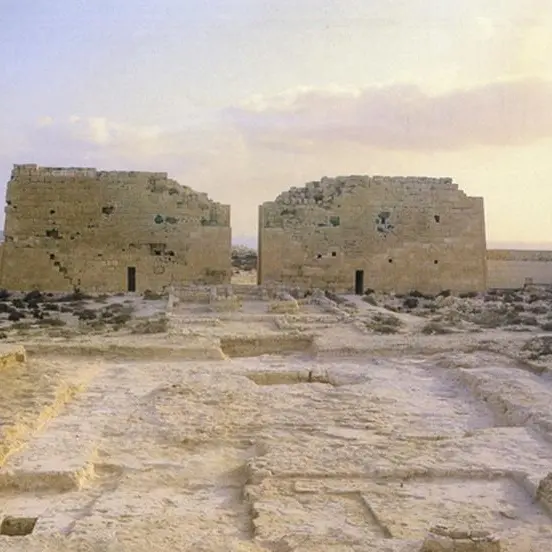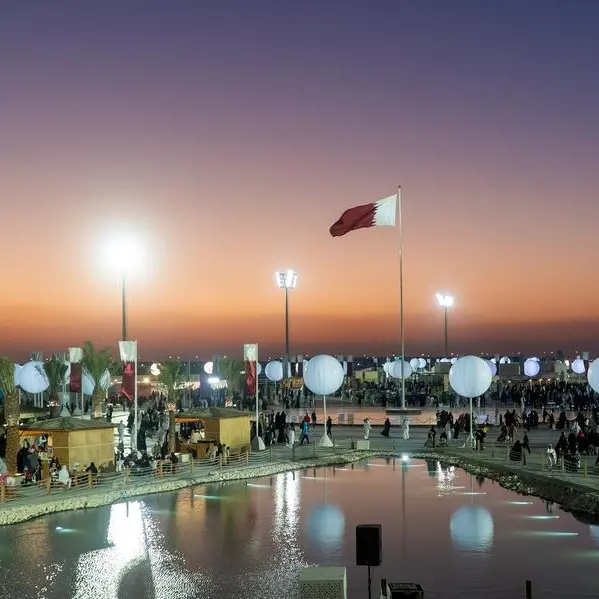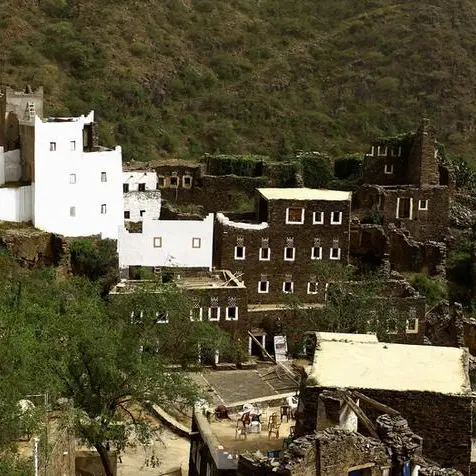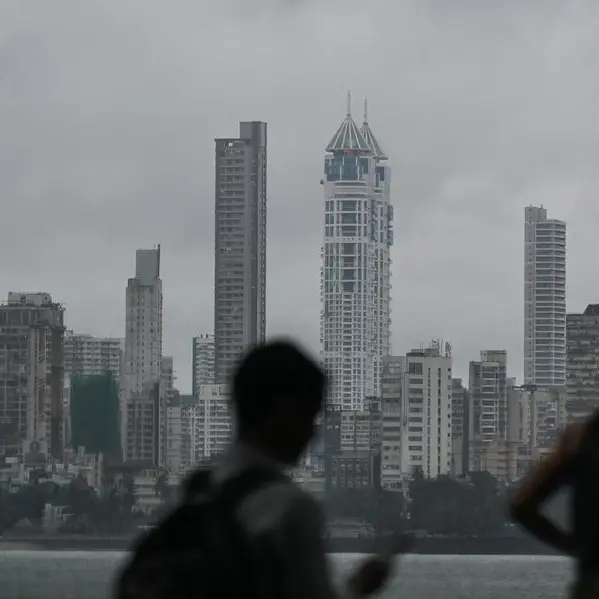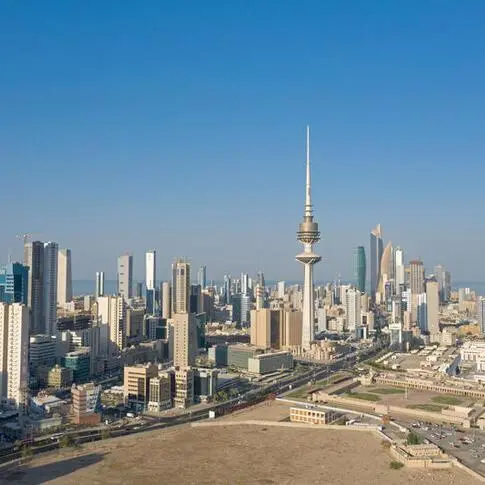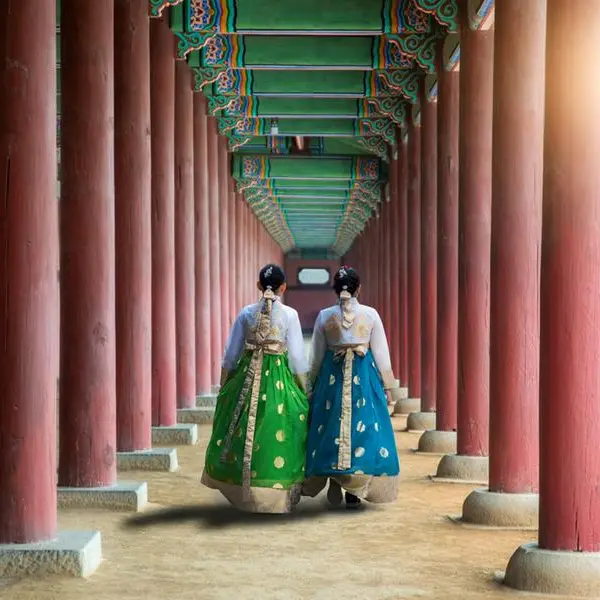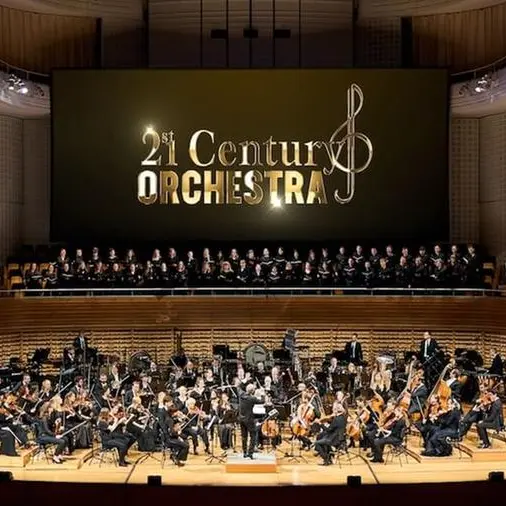PHOTO
More than 70 artefacts from the Bahrain National Museum are set to be showcased at The Louvre, Paris starting today.
The ‘From Dilmun to Tylos: An Archaeological Journey in the Kingdom of Bahrain’ exhibition will be unveiled today, and opened to the public starting tomorrow.
It will be located in the department of Near Eastern Antiquities on the ground floor in the Richelieu wing of the Louvre Museum and comes as a result of an ‘exceptional loan’ by Bahrain for the next five years.
“Thanks to a five-year loan of more than 70 artefacts from the Bahrain National Museum, this presentation provides an overview of the succession of different cultures on the island of Bahrain between the Bronze Age and the beginning of our era,” a spokesperson from the Louvre told the GDN in a statement.
“Bahrain was called Dilmun from 2300 to 500BC and then Tylos from 300BC to 300AD.”
In February this year, the GDN had reported on the exhibition, which would make the kingdom the first Gulf country whose artefacts will be showcased at the world’s most-visited museum.
The exhibition is being curated by Julien Cuny and Louvre’s Near Eastern Antiquities department head Marianne Cotty.
It comes as a result of long-standing collaborative efforts between the Bahrain Authority for Culture and Antiquities (Baca) and the Louvre, especially in recent archaeological missions launched by a French excavation team in Bahrain.
The exhibition is part of an agreement signed between Baca and the Louvre Museum in 2019 during the visit of His Majesty King Hamad to France, and comes as the two countries mark 50 years of diplomatic ties.
Visitors will also be provided with a 72-page exhibition catalogue, featuring 33 illustrations, as a guide to the variety of artefacts on display.
“This unique exhibition, presented in a dedicated room in the Department of Near Eastern Antiquities, is an opportunity to discover civilisations that were previously under-represented in the Louvre’s collections,” the statement added.
Most of the items to be displayed at the Louvre were found amongst the vast necropolises across the island, including A’Ali and Saar. These include Dilmun-era goods – both locally made and imported.
Carnelian beads from the Indus Valley, and copper and soft stone objects from the Oman Peninsula are amongst the Dilmun-era imported goods which will be displayed.
The exhibition also charts the arrival and influence of different cultures in Bahrain, especially after the conquests of Alexander the Great had opened up the island, known in Greek texts as Tylos, to global influences.
“Coins, jewellery, glassware and glazed pottery show Bahrain’s integration into the Hellenistic world, while enigmatic funerary stelae bear witness to the development of a local figurative art,” the statement added.
“Thanks to the exceptional five-year loan from Baca, visitors to the Louvre will be able to discover the rich heritage of Bahrain and the civilisations that flourished in this archipelago in the Gulf.”
As part of the efforts to promote the new section of the museum, there will also be a symposium titled ‘Bahrain and its Neighbours’ on November 17. It will be held from 10am to 5.30pm at the Michel Laclotte Auditorium within the museum.
“The symposium will address a range of topics including maritime trade, funerary practices and cultural exchanges between the different civilisations in the Gulf,” the statement explained.
© Copyright 2020 www.gdnonline.com
Copyright 2022 Al Hilal Publishing and Marketing Group Provided by SyndiGate Media Inc. (Syndigate.info).
